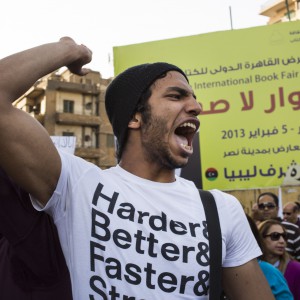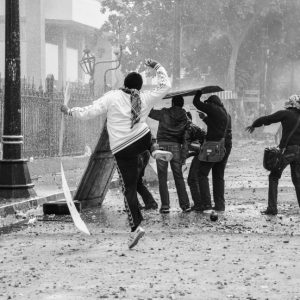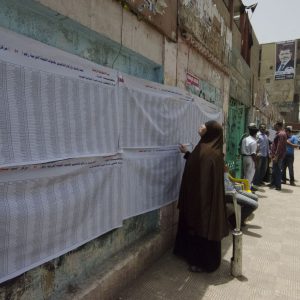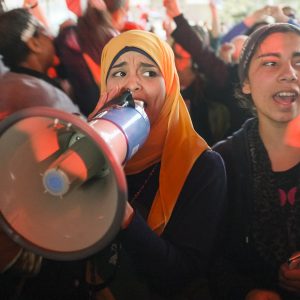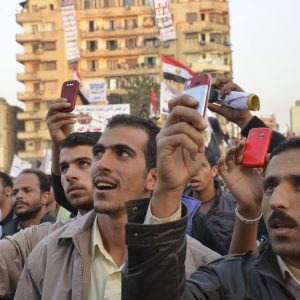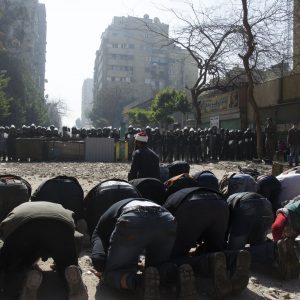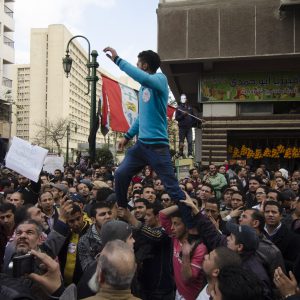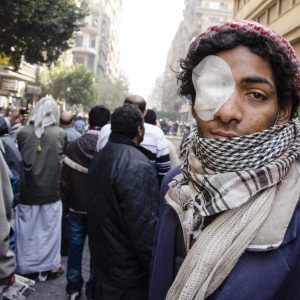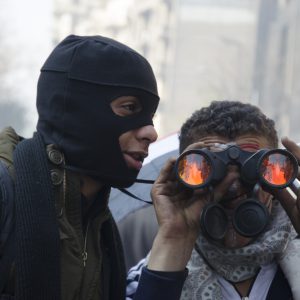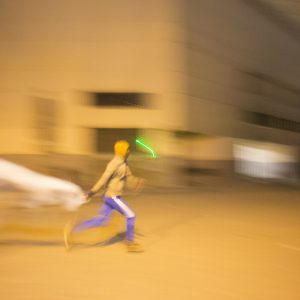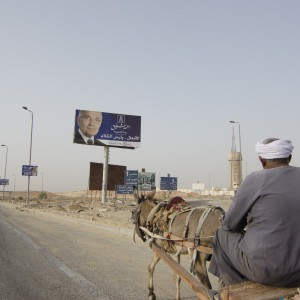A Visual Memory of the Egyptian Revolution in 2011
In early 2011, something extraordinary happened in Egypt. What began as a wave of protests quickly grew into a mass movement. Millions of people, many of them young, filled Cairo’s Tahrir Square with calls for bread, freedom and social justice. For a moment, it felt like anything was possible.
This exhibition is based on photographs taken between 2011 and 2013 during that time of upheaval and hope. They are all part of a visual diary that began on the streets and unfolded alongside the events. Some of the earliest images were captured using an iPhone 4 — at the time, a powerful tool for anyone with something to document. The revolution was not just happening in public squares; it was happening through screens and social media feeds. It was a camera revolution as much as a political one. Technology played a central role. Facebook events helped organize marches. Tweets spread information in real time. Videos and images were shared instantly, reaching both international media and local communities. Bloggers like Sandmonkey and figures such as Wael Ghonim helped shape the public voice online. Protest and documentation became intertwined.
The photos trace different moments — the first days of protest, the night vigils, the barricades, the painted slogans, the makeshift clinics and kitchens, the cultural performances that filled the square with life. Tahrir turned into a space where people took care of each other while demanding a better future.
As the months progressed, Egypt entered a complex transition. Parliamentary and presidential elections were held under high hopes and deep tensions. The photographs also document these moments — long lines at polling stations, voters in rural villages, debates in cafés and streets. They show civic participation as both a right and an experiment in a country redefining itself.
Among the people documented is Amr Hamzawy, a political thinker who became a symbol of civic engagement. His presence in parliament and in open conversations reflected a brief moment when dialogue and democratic ideals felt within reach. Others like Khaled Ali, known for his advocacy for workers’ rights, or Bassem Youssef, the comedian whose satire challenged the status quo, also became key figures of that moment.
It wasn’t just the well-known names. Across the city, artists and activists turned walls into canvases for protest. Street art became a language of resistance — powerful and fleeting. And in the crowds, organized groups like the Ultras, originally football fans, brought their energy, structure and courage into the movement. They were fearless at the front lines, often confronting security forces with chants and determination.
Women were present everywhere — marching, organizing, caring for the wounded, creating art, and refusing to be pushed aside. Their roles were active, visible, and essential. The images reflect this not as a footnote, but as a core part of the revolution’s unfolding.
Religious groups also shaped this evolving landscape. The Muslim Brotherhood and Salafi movements gained prominence, bringing both support and new tensions. The revolution was never one single story. It was many voices, sometimes in harmony, sometimes in conflict.
This exhibition is not just a collection of images. It’s a set of visual storylines that follow the emotional and political shifts of the time — from euphoria to frustration, from unity to division. These photographs capture moments of resilience and contradiction. They don’t offer final answers, but they do hold on to the feeling that something real was at stake.
Tahrir Square became more than a place. It became a symbol and a memory. These images preserve the spirit of that moment — the courage, the uncertainty, the imagination. They are fragments of a revolution that changed the lives of millions, including my own.

